Navigating the transition: Is it right for you?
While I have been active as a photographer in the Raleigh-Durham area for several years, I’ve allowed this blog to languish. I’ve jotted down several ideas over the years, but few have turned into writing. I’m keenly aware that in the interim, YouTube has become one of the dominant forces in communicating ideas. And I may begin creating content for that platform, but first I had to actually sit down and write something that wasn’t just another e-mail, quote for a job, or some other administrative task that all too often becomes the “main” reason for sitting in front of a screen. Sure, editing through photos happens, too, in-between sessions with Quickbooks! Also, life happens.
I can be a very technical photographer. I like to know about the latest tools. Some call what I do “gear acquisition syndrome” however I am also fanatic about selling gear that hasn’t worked for me / I no longer use to friends, on Craigslist, and on eBay.
This is something I began to write in September 2018. More than a year later, I think there are things that will help those trying to make decisions regarding the equipment they will take them on their own paths forward. Spoiler alert: I switched to Sony in March 2019. Furthermore, I do use affiliate links to certain gear. If you find my articles helpful, please consider making purchases via these links.
My greatest fault, and my strength, is that I am a passionate generalist. It’s a very expensive career path to be equipped for nature photography (wildlife and landscape), travel photography, wedding and event photography, studio portrait photography, and studio-on-location photography. It’s a tangled web, and it has made some of my equipment choices really difficult. Oh, and I did I mention I’ve shot Canon since the age of 10? I’m heavily invested in that system and currently debating abandoning some of these tools in favor of different ones. While I never spoke formal vows, the idea of leaving behind the system that ushered me into this crazy world of image-making feels like a trial separation that could lead to divorce all the same.
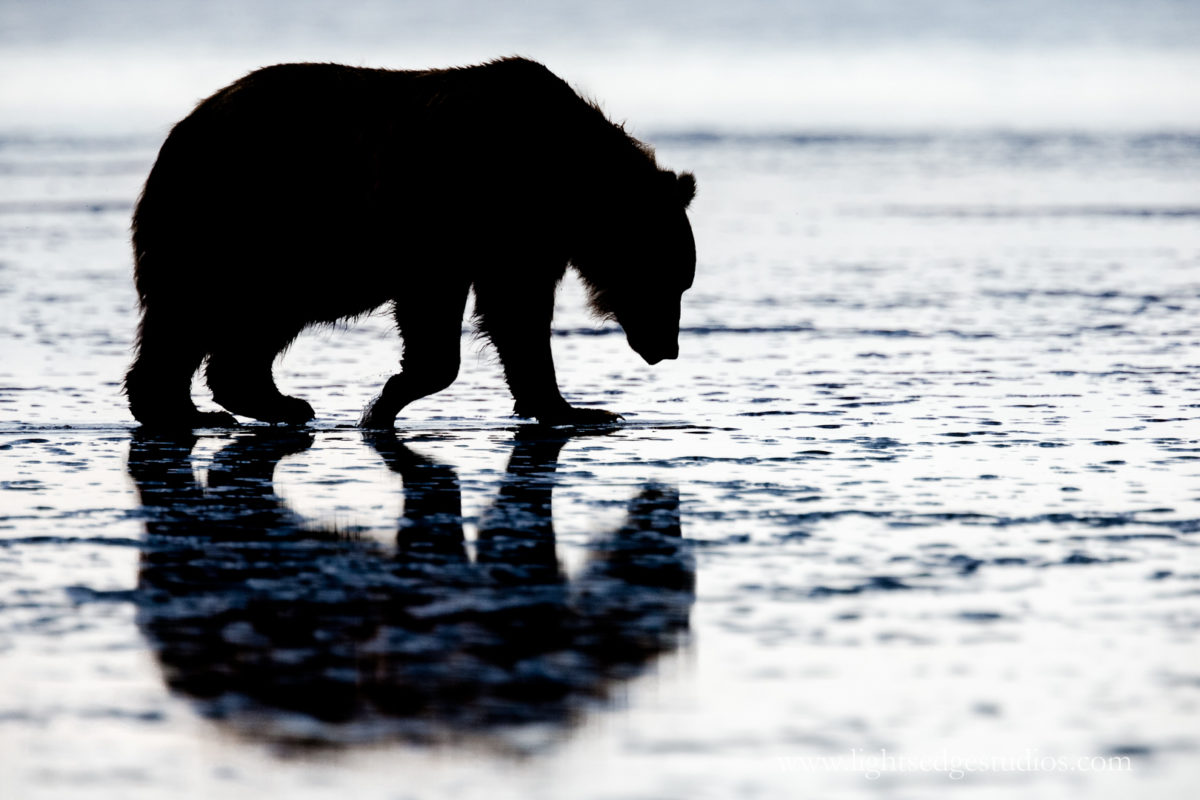
A little background on me
Over the past twenty plus years I transitioned from a Rebel to a Rebel X and then to an Elan 7 before jumping into digital with the 10D, then a 20D, a 5D, a 1D Mark IIN, a 5D Mark II, a 1D Mark III, a 5D Mark III, a 1DX, and a 5DSR. It may not surprise anyone that I’ve also owned a variety of lenses from short to long and both Canon branded and third party. I’ve owned Sigma, Tokina, and Tamron lenses. I belonged to Canon Professional Services for close to a decade. When I was shooting Canon, things just “made sense.” That doesn’t mean I never experimented, but I also never truly strayed.
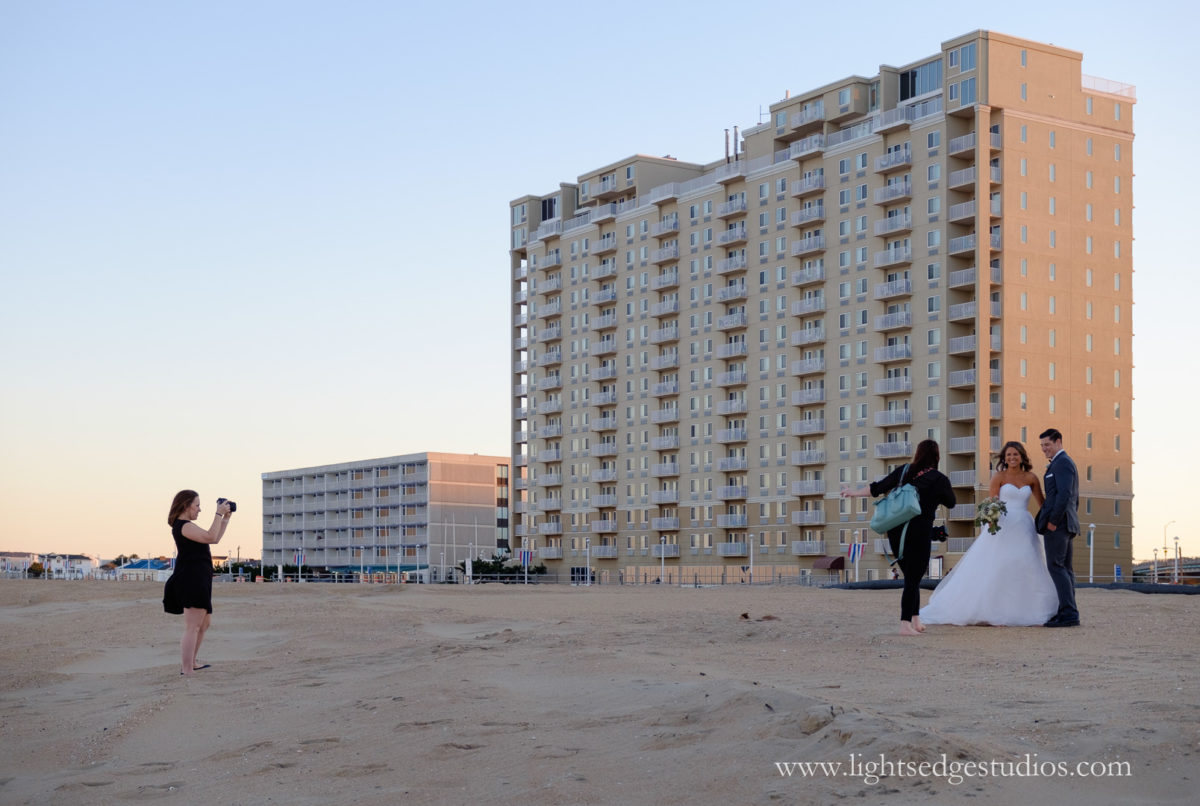
In graduate school, I was afforded several opportunities to work with Olympus’ and Nikon’s lineup. Also, I picked up the first Panasonic Micro Four-Thirds camera and a couple lenses. More recently, I had a Fuji X-E1 mirrorless camera and lens, and in 2018 I sold that and replaced it with a Fuji X100T. I’ll review that at some point, and I’ve found it to be a very fun and also functional tool.
The company that makes TV’s?
Two years before I began my graduate studies, Sony purchased Konica Minolta. I can recall taking people to the local camera shop in Columbia, Missouri to take a look at the A900 DSLR. It had an industry first of a full frame DSLR with image stabilization on the sensor, and it was 24 megapixels–higher than the 5D Mark II that would be released a few months later–but it also had a higher price tag.
It took years for Sony to develop a thorough lineup of full frame lenses. In that same time, Fuji thoughtfully put together a very compelling series of reduced frame lenses.
Nikon announced their mirrorless (Z) system in the fall of 2018, and Canon quickly followed suit with their EOS RF mount. In the wake of those launches, I wondered when would be an appropriate time to jump from the Canon bandwagon, the DSLR bandwagon, or any (or none) of the above.
Why deviate?
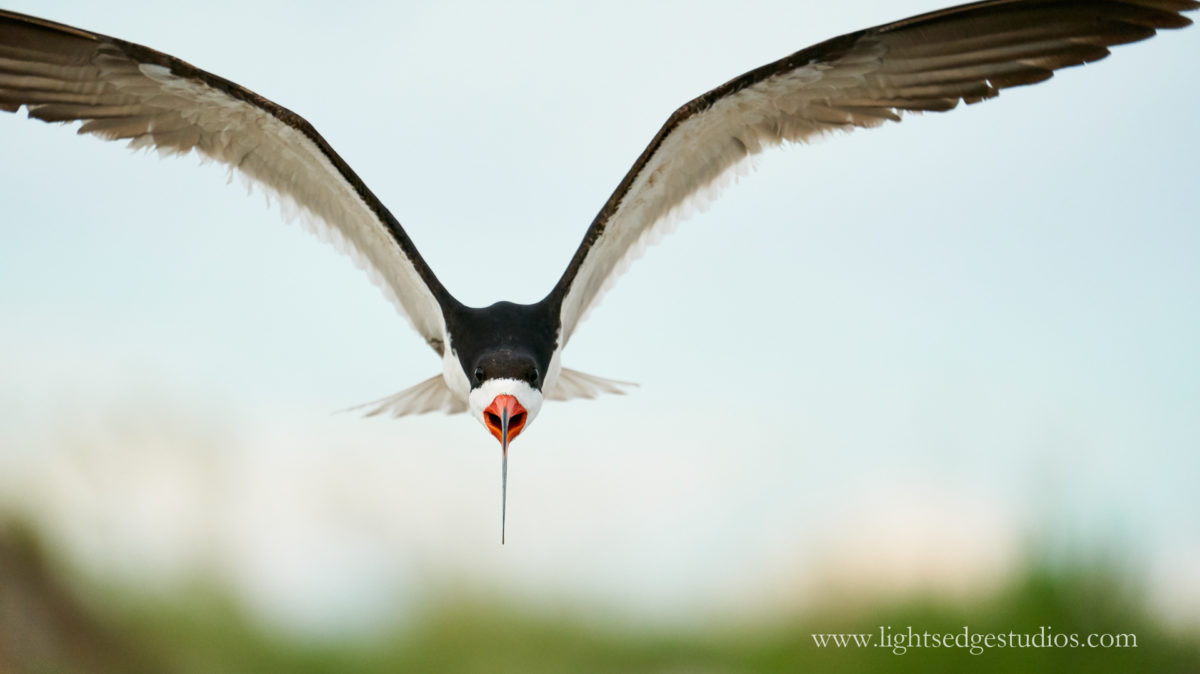
I kept running into a few problems in my work with my Canon bodies and lenses, especially for portraits. At large apertures I need the eyes of my subject to be in focus. I have gotten very good at using LensAlign to properly calibrate my lenses using AF Micro-adjustment, but it’s a very tedious and time-consuming operation. and I work with strobes frequently and find Canon’s impediments to wireless rear curtain sync to be more than a little artificial at this point. While I loved the file size of the 5D SR, I also found the autofocus to be lacking. The 5D Mark IV is much better in this regard, but the file sizes are significantly smaller than 50 megapixels.
It’s now October 2019. I decided to make a switch to Sony’s full frame mirrorless (an A7R III) in March. In the months since, I sold all of my Canon equipment with the exception of my 100mm f/2.8L IS macro lens and 25mm extension tube. That lens’ value on eBay is much lower than its value to me. Having made the switch almost eight months ago, I am now in a position to outline a few scenarios for those on the fence.
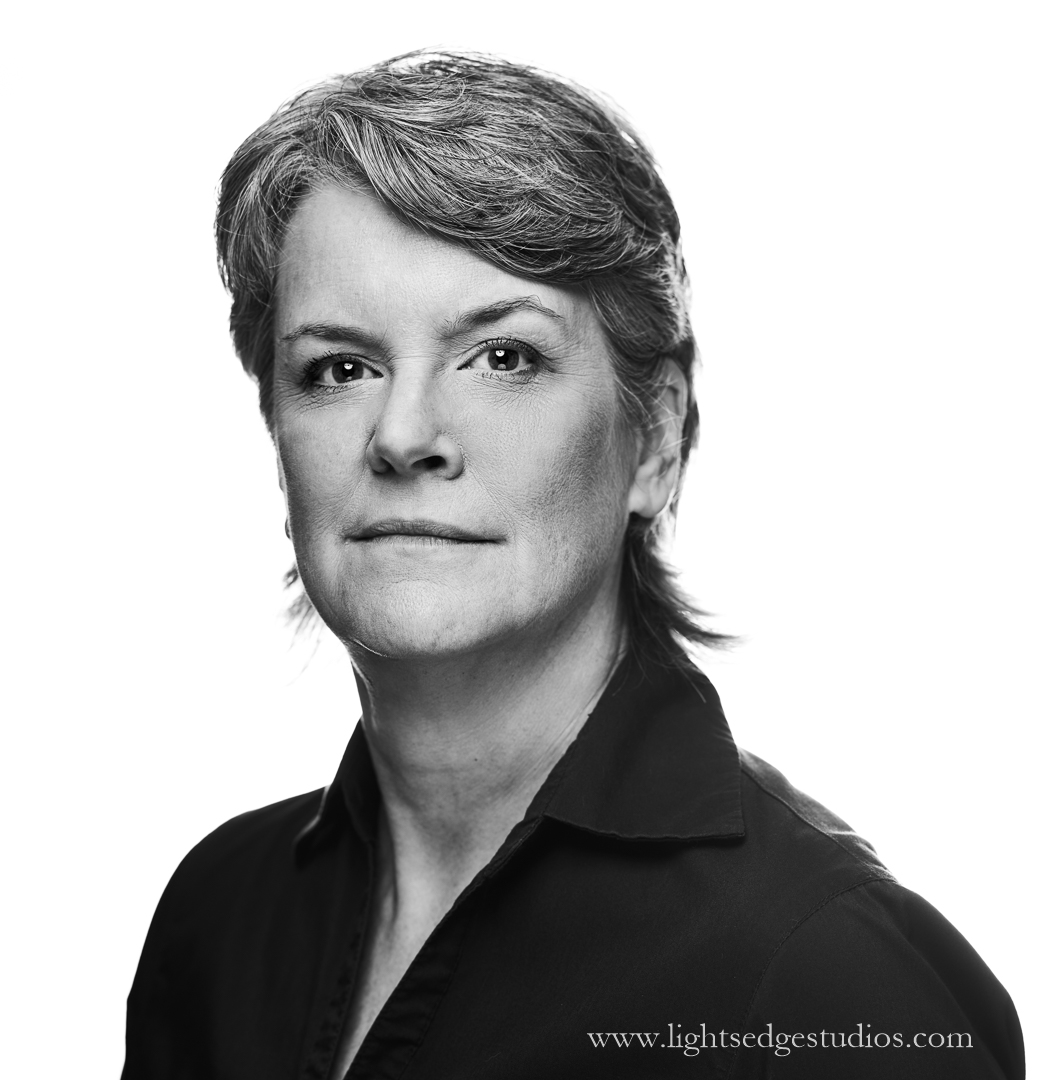
Just last week, brokered a sale for my father’s last remaining Canon DSLR, a 5D Mark IV. A friend of mine was using his 5D Mark III and asked if he should continue with DSLR’s or if this was his time to switch to mirrorless. Similarly to me (or at least to the “me” of eight months ago), he is incredibly invested in Canon lenses, and he likes travel, landscapes, and action (motorsports, wildlife, etc.). He needs a camera that can be a bit of a jack of all trades. That conversation certainly helped me to finally sit down and write this.
The mirrorless “reality”
It is my opinion that right now, the single greatest advance that comes with mirrorless cameras is in the ability to place hundreds of phase-detection autofocus points all over the sensor–all the way out to the edges–instead of relying on 9 or 15 or 60 AF points concentrated in the center of the viewfinder. And the most capable autofocus for fast-paced sports and wildlife photography can be found in the form of the Sony A9. I’ve used this camera on multiple occasions, although I do not yet own one. A camera for studio and general purpose photography was my first priority, hence the A7R III.
Even DP Review gave it the nod over Canon’s 1DX Mark II and Nikon’s D5. The most tenacious autofocus that tracks people’s eyeballs for portraits is found in a handful of Sony cameras, including the A7R III, IV, A9, A9 II, as well as in the the reduced frame A6400 and A6600.
Other manufacturers are also making versions of “eye AF,” but this is again a benefit of mirrorless. A DSLR cannot track eyeballs because it doesn’t have access to all the data from the sensor unless the mirror is flipped up and the camera switched to live view.
If you want both smaller and lighter cameras and lenses, 35mm full frame mirrorless is not an ideal solution. Reach for Fuji or Olympus.
The Sony cameras come with some genuinely serious negatives about them (I’ll detail that in another post soon) but some of their features are really amazing. Some lenses available for E-mount are small, some of those lenses are also lightweight. Many are just “smaller” and just as heavy as what I had before. If you want both smaller and lighter cameras & lenses, 35mm full frame mirrorless is not an ideal solution: reach for Fuji or Olympus.
Fuji does not yet have autofocus that compares to the Sony A9. Olympus does have an interesting action/wildlife camera in the form of the E-M1X. Nature photographer Andy Rouse switched to Olympus this year, and uses that camera extensively.
Making a transition to another system is difficult both emotionally and financially. Fortunately, in some situations, that is not the only way to try a new camera body. If the prospect of selling all of your lenses and accessories (and the financial hit that comes from eBay fees, PayPal fees, shipping fees & insurance, etc.) is too painful, then adapting lenses seems like a natural option.
The ups and downs of adapters
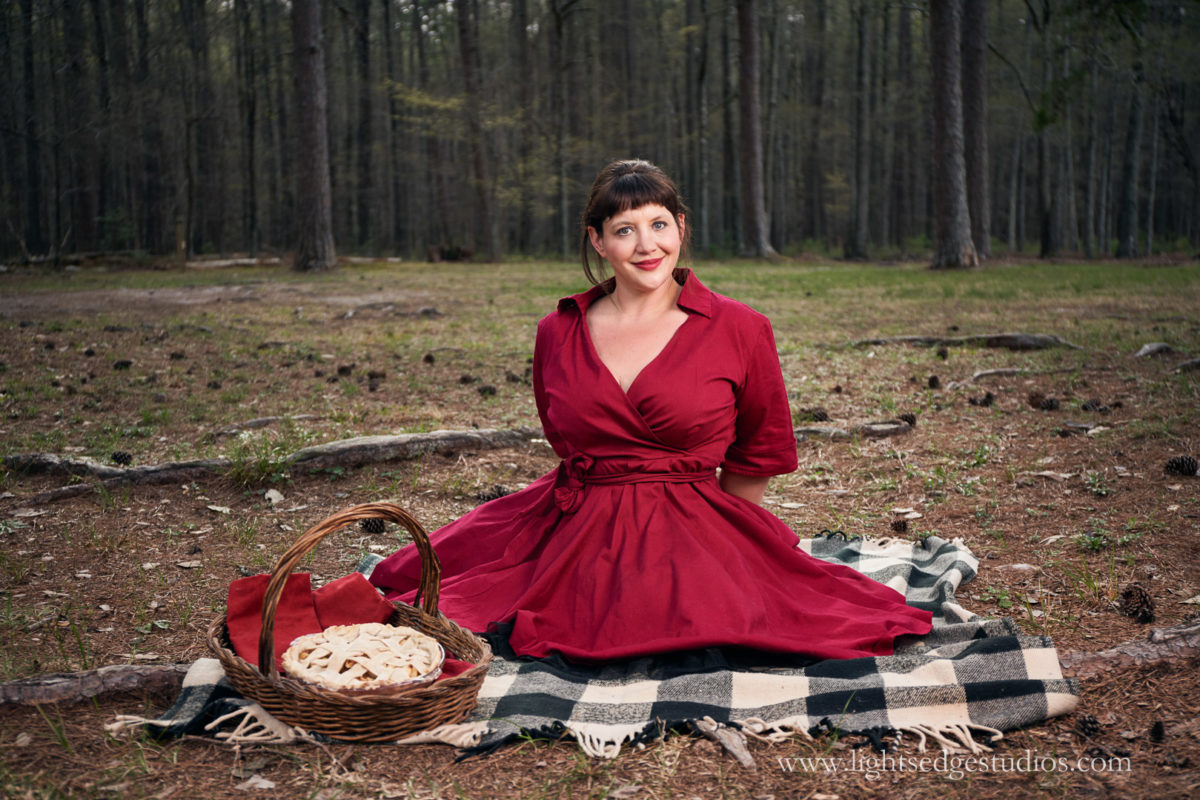
I’ve used a Sigma MC-11 adapter on my A7R III as well as a Canon RF to EF adapter on a Canon EOS R body and my lineup of Canon lenses (before I sold them). I was hopeful that I would discover that adapted lenses worked so well that I didn’t need to sell everything and start over. What I found is that some focal lengths adapt better than others.
To bottom-line this: my experience is that wide angle lenses do much better on an adapter than telephoto focal lengths. This seems true whether adapting Canon lenses to Sony bodies or using Canon “everything.” Telephoto lenses seem to “hunt” much more than wider lenses before finally acquiring focus. This appears to begin at lengths greater than 100mm.
For example, I really wanted the Canon 135mm f/2 to adapt to my Sony, but it just didn’t work well enough for me. To be sure, there are videos on YouTube with people using that combination, but for my own standards, the performance was lacking. Hunting can be obnoxious, and my patience for it was limited, but your own tolerances may very well be greater than my own!
However, even when using Canon “everything,” the performance is still lacking for continuous AF. If continuous AF is unimportant for your work because your subjects don’t move very much, then adapting should be completely adequate for your needs. Single-shot AF and manual focus are both reliable options with adapted lenses, and manually focusing on a mirrorless body is certainly easier than on a DSLR.
The single greatest disadvantage to adapting Canon lenses to Canon’s mirrorless bodies, at the moment, is that the bodies themselves are not as compelling as they could be. However, this is a situation that will change. I might make the argument that for Nikon shooters, the situation is a bit similar, with the D850 offering still better (if very similar) image quality to the Z7.
I’ve not used Nikon’s Z series cameras, lenses, or lens adapters. However, I wouldn’t be surprised if my experience that longer lenses, such as the 100mm to 400mm range, leave much to be desired when adapted would hold true for Nikon as well.
Bottom line it
The writing is on the wall: the DSLR will eventually go away. But not today.
If you shoot Canon now, and are curious if mirrorless will change your photography, the answer is “it depends.” Canon’s RF lenses are compelling, but their bodies are, so far, a bit lacking. That will inevitably change, but it’s also unclear if, in the interim, the major manufacturers will produce concurrently many more DSLR’s.
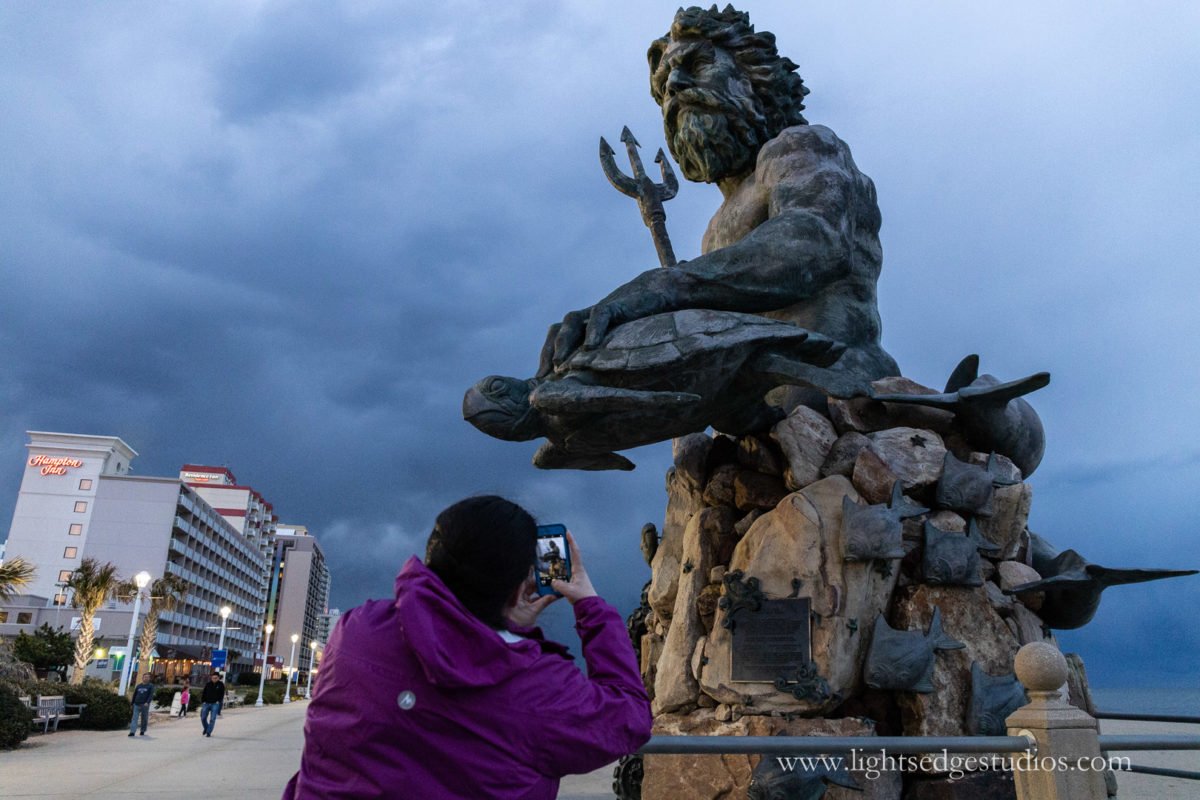
Both Canon and Nikon have pledged to come out with another generation of flagship cameras (1DX Mark III and D6) but it is anyone’s guess whether there will be a 5D Mark V or a D860. Maybe there will be such cameras, but perhaps not. Or they may mark the end of their lines. As I explained to my friend who purchased the 5D Mark IV, the reason I switched to mirrorless was that I wanted the AF options Sony is pushing at the moment, and particularly for my portrait work.
Another reason to switch is if you want the size and weight savings that come with Fuji or Olympus. At least for Fuji, the AF isn’t at the level of Sony, but the image quality is great as is the lens selection. And Olympus is trying to be a contender for action photography.
The writing is on the wall: the DSLR will eventually go away. But not today. In the interim, DSLR equipment (and lenses) will continue to lose some of their value on the used market. There’s a lot of used gear available right now as people switch systems in efforts to see if the grass is greener. So, if getting top dollar is paramount for you, as it was for me, then switching to some sort of mirrorless system now may make more sense than delaying a couple years for Canon and Nikon’s offerings to mature.
If getting the maximum amount of money (or value for trade) for your gear is of lesser concern, sticking with DSLR’s may make more sense right now. Additionally, if sports and wildlife are your forte and you own super telephoto lenses for which Sony simply doesn’t offer a comparable solution (the Nikon 500mm PF comes to mind, as does the 400mm DO, or any 500mm f/4), then staying put with what you have may make more sense at the moment.
But if a 100-400mm lens or a 200-600mm zoom would suffice for your needs, then the Sony (especially the A9) options might work well for you. It’s also possible that the Olympus E-M1X would do the trick. Another point to consider is that the electronic viewfinder is still not as good as the optical viewfinder of the DSLR for tracking a moving subject or finding a small bird among the reeds in a marsh.
Parting thoughts
It’s a lot easier for me to be be mindful of what all is happening around the subject of a photograph if I’m not obsessing over whether or not the resulting photo will even be in focus! Having AF that just seems to “know” what I want to focus on has enabled me to free up time and energy that I can invest in composition and creativity. However, there are still some very compelling reasons to shoot with a DSLR. It’s ultimately a personal choice, but for my own work, I do not see myself going back.
